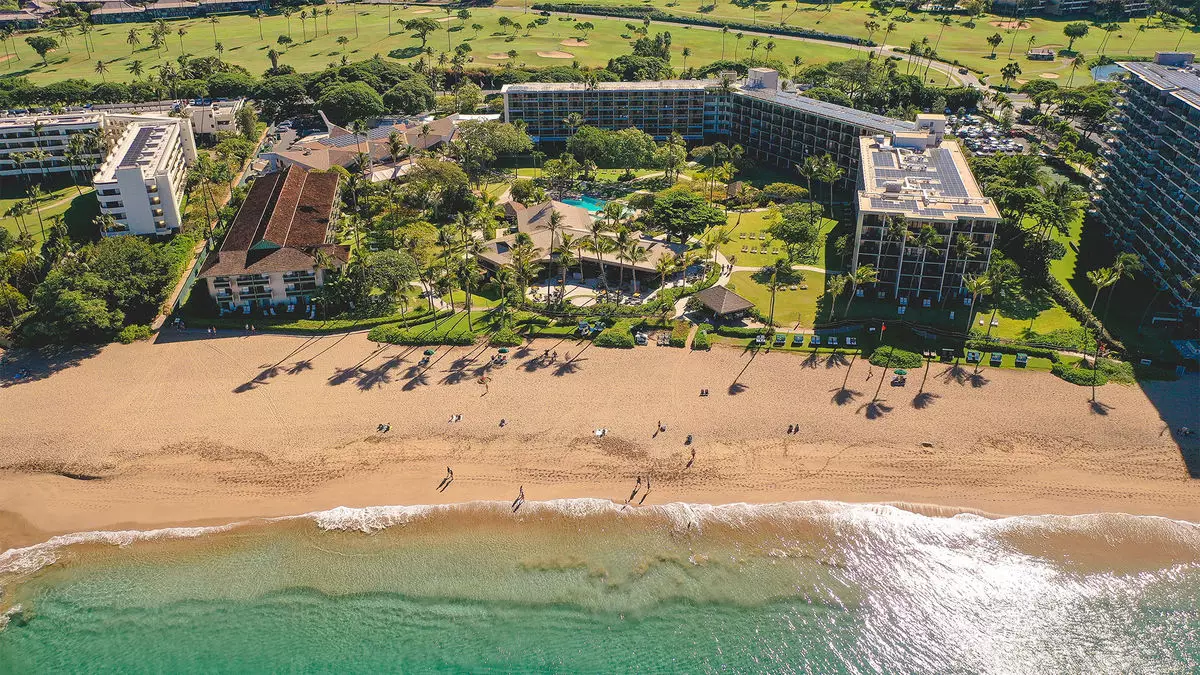More than a year and a half after the catastrophic wildfires of 2023, Maui finds itself at a crossroads, grappling with the significant decline in its tourism sector. The island, renowned for its stunning landscapes and vibrant culture, has seen a dramatic downturn in visitor numbers and hotel revenues, prompting urgent action from the state government. With a commitment of $6.3 million aimed at revitalizing tourism, Hawaii is working to counteract the long-lasting economic repercussions of these disasters.
The statistics tell a sobering tale. According to data from CoStar, Maui suffered the most considerable drop in hotel revenue per available room (RevPAR) across the United States, plummeting 13.2% amidst declining occupancy rates and average daily room prices. Such a sharp decline starkly contrasts with its 2022 performance, when hotel occupancy had rebounded to 87% of levels recorded in 2019, indicating the severe impact of the wildfires on both current and potential visitors.
Visitor arrivals have also lagged behind expectations. The Hawaii Tourism Authority reported a significant drop, welcoming roughly 2.35 million tourists in 2024, down from 2.49 million in 2023 and 23.4% under the 2019 benchmark of 3.1 million visitors. This trend is worrying, particularly in light of the fact that Los Angeles is a major source of visitors for Maui. With the recent wildfires also affecting California, there are lingering fears about how much further business might erode, potentially causing a detrimental ripple effect across the island’s economy.
James Kunane Tokioka, the director of the state’s Department of Business, Economic Development and Tourism, has characterized the situation as a “big concern.” With hotels in West Maui facing particularly low occupancy rates compared to historical data, the immediate need for marketing funds and targeted recovery strategies has become increasingly critical.
The outlook provided by hospitality analytics experts suggests a mixed bag for Maui’s tourism recovery over the next several years. Michael Stathokostopoulos from CoStar provided a cautiously optimistic forecast, projecting an annual growth in RevPAR of over 5% due to potential rate increases, particularly for the island’s high-end accommodations. However, this predicted growth is accompanied by the expectation of continued occupancy loss, as demand for hotel rooms is anticipated to stagnate in the short to medium term.
As the recovery strategy unfolds, industry leaders such as Jeff Wagoner, CEO of Outrigger Hospitality Group, have begun to notice early green shoots of recovery. The resurgence of occupancy rates, albeit gradually, signals a positive shift that could catalyze broader economic recovery for residents reliant on the tourism sector. While acknowledging that a full recovery is a long way off, the initial signs give hope to the local population and businesses alike.
The introduction of the new $6.3 million marketing fund aims not just to directly benefit Maui but also to encompass a broader strategy for the entire state of Hawaii. Tokioka has highlighted that effective marketing could restore higher visitor levels, as tourists frequently travel between different Hawaiian islands. By emphasizing Maui’s allure while ensuring that potential travelers are aware of the entire state’s offerings, officials hope to maximize reach and generate interest from both new and returning visitors.
Although specific marketing initiatives are still in the brainstorming phase, the state is committed to channeling these funds into methods that have demonstrated success in drawing visitors. “We know that we need to get more heads in the beds,” stressed Tokioka. In an era where marketing strategies continuously evolve, leveraging digital platforms and targeted advertisements could be key to reinstating Maui as a primary travel destination.
As Maui navigates this tumultuous period, community resilience remains paramount. Local businesses, hospitality providers, and government entities must collaborate closely to foster an environment conducive to recovery and growth. This multifaceted approach not only aims to restore tourism numbers but also emphasizes sustainability and the need to protect the island’s natural beauty, which has been a significant draw for visitors.
In the coming years, it will be imperative to monitor the effectiveness of marketing strategies, visitor trends, and the general sentiment surrounding travel to Maui. The road to rebuilding is undoubtedly challenging, but with dedicated efforts and a unified vision for recovery, Maui can rise from the ashes of disaster, stronger and more vibrant than before.


Leave a Reply